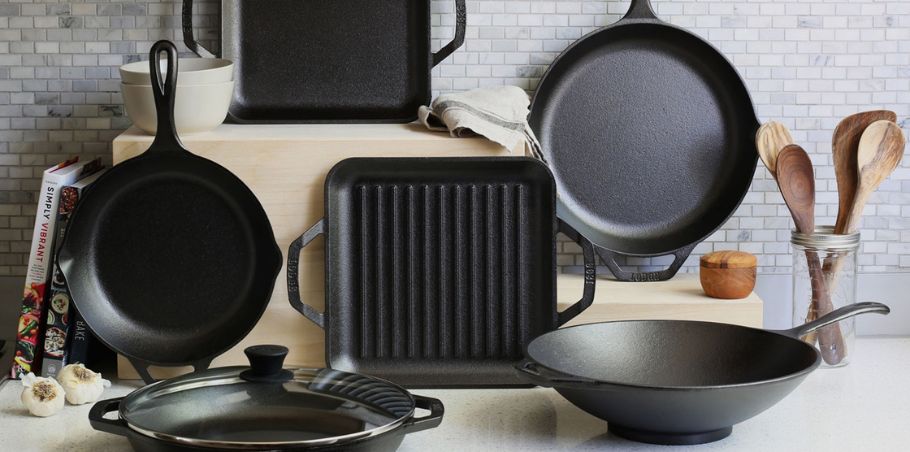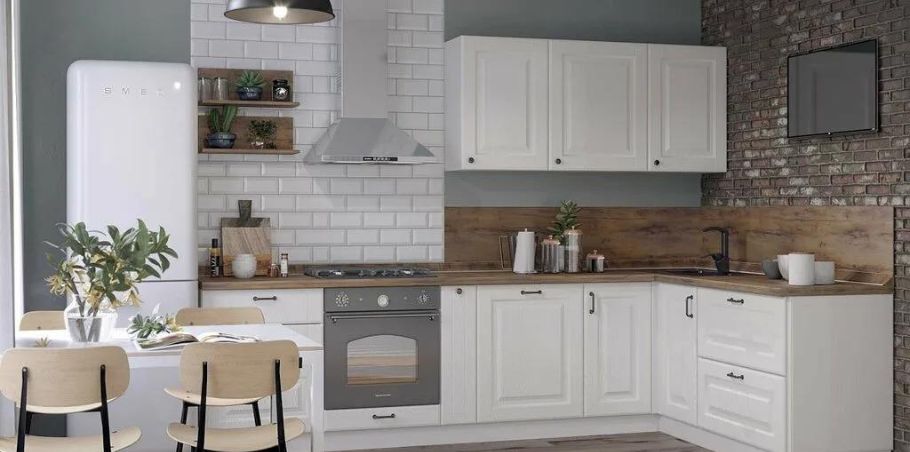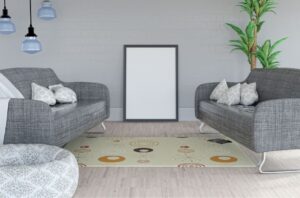Creating a Kitchen that Seamlessly Blends Indoor and Outdoor Spaces
Designing a kitchen that integrates both the outdoors and the indoors is not simply a matter of style; it is a way of life that incorporates nature without detracting from its purpose. This makes us reconsider the role of kitchens, which no longer serve only as spaces for cooking but for socializing and enjoying the beauty nature has to offer. Here are some less conventional take on this design philosophy, and how you may adapt your kitchen to become a natural part of the rest of the house.
Rethinking the Kitchen Layout
While many focus on the classic “work triangle” layout—where the sink, stove, and refrigerator form a triangle for efficiency—consider the idea of multiple zones. Instead of confining your activities to one area, think about creating distinct zones for different tasks. For instance, you might have a food prep zone, a cooking zone, and an entertainment zone. This approach not only maximizes efficiency but also allows for smoother traffic flow during gatherings. Imagine hosting a dinner party where guests can mingle in the cooking area while you prepare meals without feeling cramped.
Smart Storage Solutions
Storage is often an afterthought in kitchen design, yet it can significantly impact functionality. Instead of traditional cabinets alone, explore innovative storage solutions that enhance accessibility and organization. Pull-out shelves, vertical dividers, and even recessed storage can help you utilize every inch of space effectively. For instance, consider installing Italian cabinetry that features hidden compartments or built-in pantries with customizable shelving. This way, everything has its place, making cooking less chaotic and more enjoyable.
The Power of Natural Materials
When attempting to design a seamless transition between the indoors and outdoors, it is important to incorporate a few natural materials. Consider using timber, rock or any concrete which harmonizes with the outdoor setting. For instance, if the garden has stone walkways or the deck made of wood, it would make sense to use these items also within the kitchen to achieve uniformity. A wooden island topped with a stone counter can be the focal point of the area, and at the same time, look to extend the indoor cooking area out to the gardens.
Indoor-Outdoor Flow
To truly achieve a seamless transition between indoor and outdoor areas, consider the flow of movement. Large glass doors or bi-fold doors can open up your kitchen to an outdoor dining area or patio. When these doors are fully opened, they create an expansive space where indoor and outdoor living feels unified. Additionally, using the same flooring material inside and out can visually elongate the space and enhance the connection between both areas.
Multifunctional Spaces
Today’s kitchens are no longer just places for cooking; they serve multiple purposes—from family gatherings to home offices. When designing your kitchen, think about how to incorporate multifunctional elements. An island can serve as a prep area during the day and transform into a dining table at night. You might even consider integrating modern kitchen cabinets that feature built-in appliances like microwaves or wine coolers to maximize utility without sacrificing style.
Lighting Strategies
Good lighting is essential for creating an inviting atmosphere in both indoor and outdoor spaces. Natural light should be maximized through windows and skylights during the day; however, you’ll need flexible lighting solutions for evenings and darker months. Consider installing layered lighting options—pendant lights over workspaces combined with ambient lighting throughout the room. Outdoor string lights or lanterns can add charm to evening gatherings while ensuring both spaces remain well-lit.
Embracing Technology
Incorporating smart technology into your kitchen design can enhance convenience and efficiency. Imagine having smart appliances that allow you to control your oven or refrigerator from your smartphone while you’re outside entertaining guests. Integrating technology doesn’t mean sacrificing aesthetics; sleek modern appliances can blend seamlessly with modern kitchen cabinets, maintaining a cohesive look throughout your space.
Personal Touches
While functionality is key, don’t forget to infuse personality into your kitchen design. Displaying sentimental items like family heirlooms or artwork can create warmth and character in your space. Consider using open shelving to showcase beautiful dishware or plants that reflect your style while also connecting with nature.
Outdoor Cooking Areas
If you’re serious about blending indoor and outdoor living, consider creating an outdoor cooking area that complements your indoor kitchen. This could include a grill station or even a full outdoor kitchen equipped with all the necessary appliances. Think about how you cook indoors—replicate those functions outdoors for seamless transitions between spaces.
Seasonal Adaptability
One often overlooked aspect of indoor-outdoor kitchen design is the importance of seasonal adaptability. Your space should be as functional in January as it is in July, making year-round enjoyment possible regardless of weather conditions. Consider installing retractable awnings or pergolas with adjustable louvers that can provide shade during summer months while allowing maximum sunlight during winter.
Temperature control elements like outdoor heaters or cooling fans can extend the usability of your outdoor cooking area beyond perfect weather days. Additionally, incorporating weatherproof cabinetry and moisture-resistant materials ensures your outdoor kitchen components remain beautiful and functional throughout the seasons.
In considering the impact of weather on your space, you are able to create a space that interacts with the weather but still has a functional indoor kitchen. As a result, this reorients the kitchen from being an open-air aspect of the house to a fully usable space that appreciates the different climates and seasons experienced throughout the year.
Conclusion
Imagining a kitchen where indoor and outdoor spaces converge seamlessly does not come on a silver platter. It requires a lot of skillful and strategic planning. Changing designs, adding functional storage, optimal use of natural materials, and more importantly managing technology will help create a warm and appealing space without compromising functionality.
Imagine enjoying coffee in the morning sunlight with easy access to fresh herbs from your garden or hosting lively dinner parties where guests flow freely between spaces. This lifestyle is within reach when you thoughtfully design your kitchen as an extension of your home’s heart—a place where cooking meets nature in perfect harmony. So why not start today? Your dream kitchen awaits!
If you gained new insights from this article, explore our blog, Gimkit, for more enlightening content.
Share this content:














Post Comment